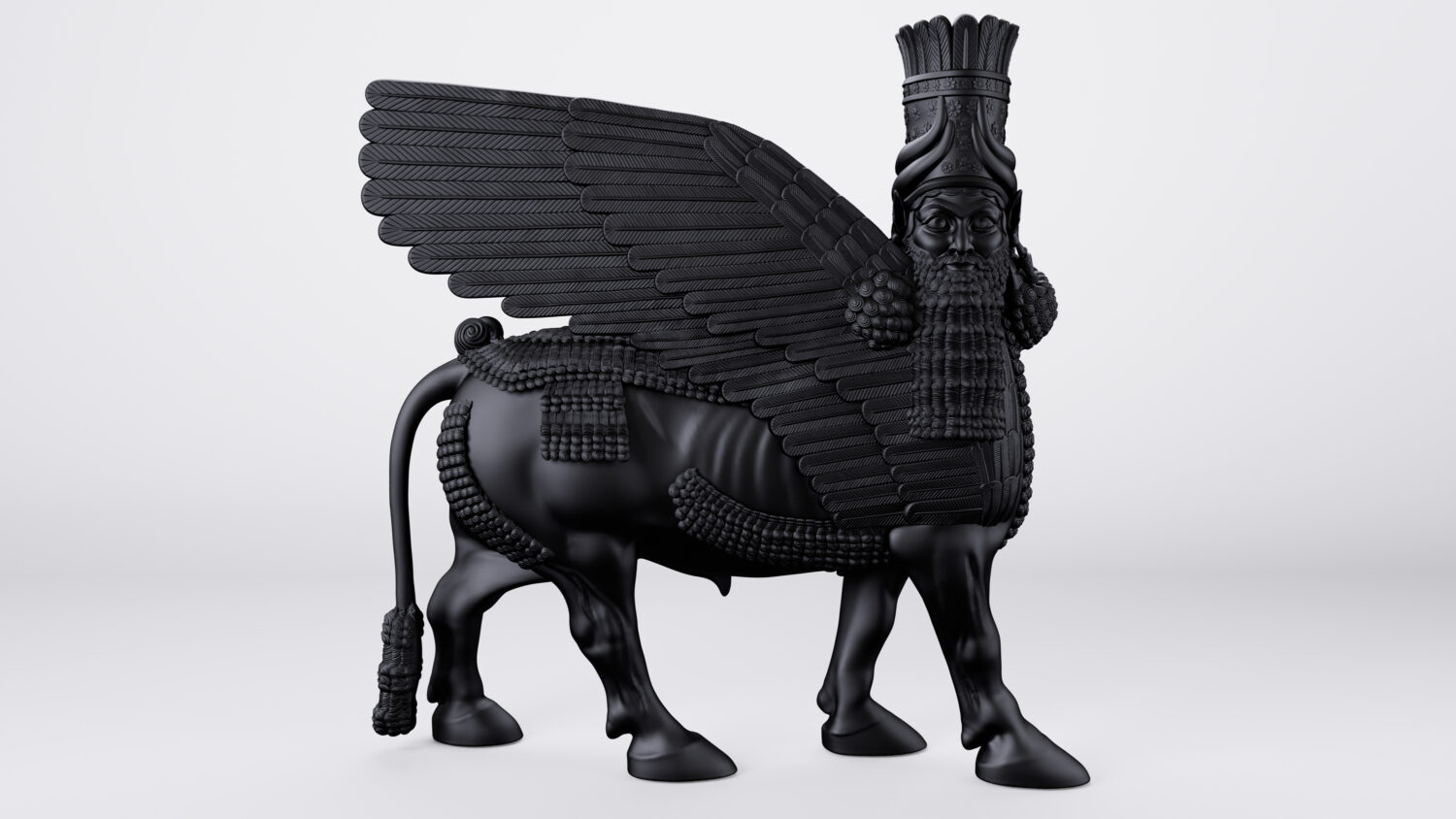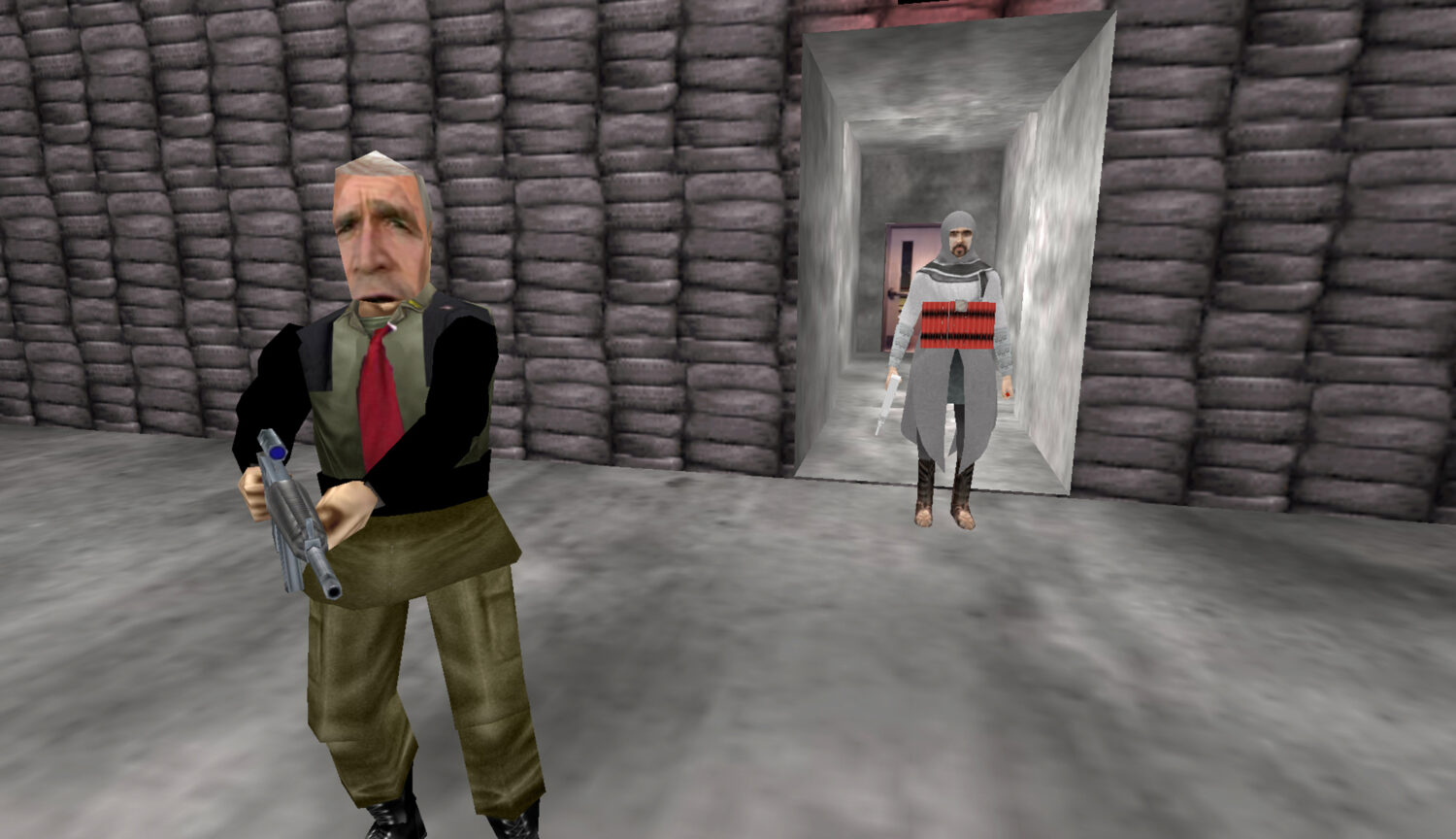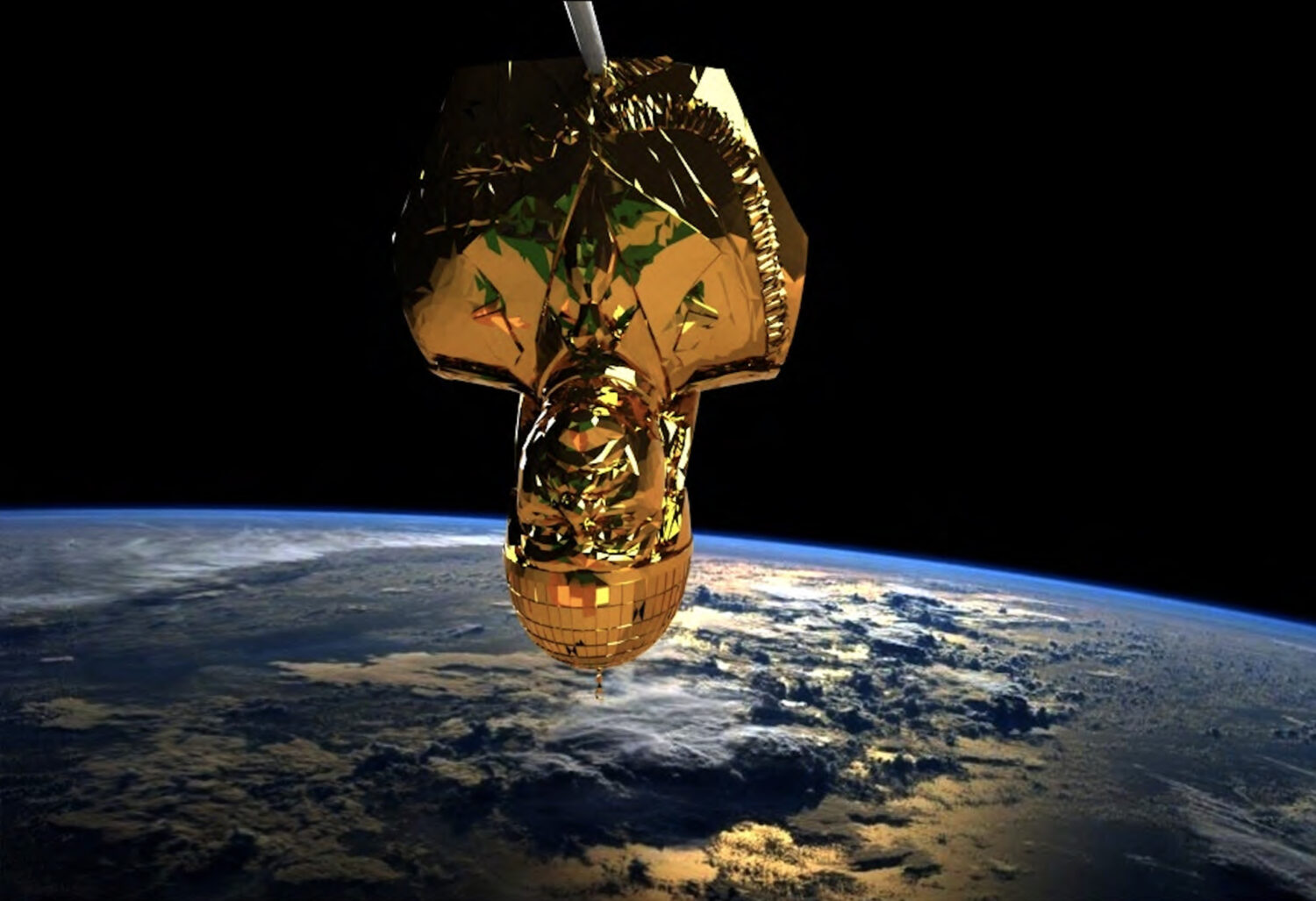Why Wafaa Bilal Is Sending a Bust of Saddam Hussein Into Orbit
By Keshav AnandOn the occasion of Wafaa Bilal’s major new survey exhibition, Indulge Me, now open at the Museum of Contemporary Art Chicago and on view until 19 October 2025, Something Curated’s Keshav Anand sat down with the artist to learn more about his life and work. Bilal’s singular practice, provocative and deeply personal, straddles performance, technology, and political commentary. He has spent the past three decades interrogating power, conflict, and cultural erasure, exploring the ways in which art can challenge systems of oppression. Whether addressing the politics of war, surveillance, or cultural destruction, Bilal creates spaces for reflection and dialogue that implicate his audiences directly.

Keshav Anand: Indulge Me comprises works that span nearly two decades of your career. How do you see your artistic evolution reflected in this exhibition?
Wafaa Bilal: The telos of this exhibition are twofold. First, it reflects my earlier years when I was a newcomer to the States. I was always trying to engage people in the political matters I cared about such as Iraqi issues. In my earlier years, I was using antagonism as a strategy to approach difficult topics but this had adverse effects and alienated people more than it engaged them. I was relying on the subject matter and the art object, rather than building a relationship with my audience. Leaning into this failure, I began shifting my practice and thinking to creating platforms that triggered engagement. The show illustrates the evolution of my artworks from object-based pieces to performative practice and further reflects the shift in my role as an object maker to a creator who uses relational aesthetics.
Second, the work underscores both the evolution of the conflict in Iraq directly and mirrors the socio-political shifts in Iraq. The early works in the exhibition are about awareness and shedding light on the war. Other works address issues such as PTSD and post-conflict reconstruction.
KA: Your work probes the idea of “cultural cannibalism,” a term you’ve used in your writings. I’m curious to know how your experience as an Iraqi-born artist in the United States has influenced this line of enquiry?
WB: My oeuvre has been shaped by my personal experience as an Iraqi-American, diasporic subject. The geographical, physical and emotional separation of Americans from Iraq during the conflict was dispiriting. It was difficult to get the audience to engage with the war and so I turned to indulgence as a tactic to pique their interest. For example, Shoot an Iraqi offers the audience an aesthetic experience that indulges their senses, humour, and humanity. American culture and history are all about indulgence and cannibalism, from the genocide of Native Americans to the transatlantic slave trade, to the unending glut of weapons and personnel we supply to annihilate racialised communities around the world. This show holds the mirror to the culture to confront its own ills and cannibalistic tendencies.

KA: What role does discomfort play in your work?
WB: My work does not generate discomfort per se, rather, I use my body to trigger the body of the audience. There is a separation between mind and body, and with socio-political issues, the mind prevails. Performance breaks through that mind-body separation and allows the audience’s body to engage with the body of the performer. Performance is an unmediated material and creates tension as it discomforts the body of the audience. Because it’s an unmediated art form, it alerts them that something is happening and stimulates awareness. Therefore, my intention is not to create discomfort but rather to break the separation between mind-body relations and heighten the audience’s sense of urgency.
KA: You frequently collaborate with practitioners working across various disciplines, from scientists to engineers. What interests you in these types of interdisciplinary partnerships?
WB: My work has always been collaborative, whether I am collaborating with curators, audiences, scientists or engineers. I am interested in how the artwork contributes to knowledge production and through interdisciplinary engagement and partnership, the work takes on nuanced meanings and offers multiple points of entry. My partners are co-creators in meaning-making and with the help of their specialised knowledge and skillset, we can create compelling work that captures audiences from all spectrums of life. My work is relational and multifaceted so I must bring these specialists to help me navigate the idiosyncrasies of my projects.

KA: Can you tell us more about the new commissions for the Museum of Contemporary Art Chicago?
WB: There are two commissions at MCA that I am thrilled to present. First, there is a seven-foot sculpture of the Laumassu. I wanted a physical representation of the figure so the sculpture is painted black, it has open wings and the figure is charging forward, and looking sideways indicating a backward glance at the ISIS attack. The grains are spelt out of the hoof of the Laumassu and each grain has the DNA embedded in them. The audience can take a grain as a gift but have to kneel to pick it up and in that gesture, they are kneeling to the Mesopotamian civilisation and what it has offered humanity.
The second commission involves the bust of Saddam Hussein which we will send into orbit for 12-16 months. The Saddam sculpture is a one-inch thumbstat while the whole satellite is a few inches. This work deals with the original monument humorously by shifting its scale, but it also offers Iraqis a gesture to move forward in a post-Saddam Iraq.

KA: How did you approach utilising the MCA’s architecture when conceiving Indulge Me?
WB: Every installation and space has its unique architecture and needs. The MCA has its specificities but it was great to work with the team, techs and curator who know the space well and helped guide me toward a project that best responded to the site. I wanted to give the project the space it deserves and create connections throughout the show. I think we successfully achieved this cohesion and elevation of the work.
KA: Changing pace for a moment, what are your favourite restaurants in Chicago?
WB: Most recently, I have discovered Kabobi – Persian and Mediterranean Grill! They have many Iraqi and Iranian dishes and since I have a Persian girlfriend, this restaurant unites us. She introduced me to the restaurant and I highly recommend a visit there.
KA: And what are you currently reading/listening to?
WB: I am currently reading A Return to the Object and Theory of the Avant-Garde and I am listening to a lot of classical music with cello.
Feature image: Wafaa Bilal, Rendering of Canto III, 2023. © Wafaa Bilal. Courtesy of the artist.